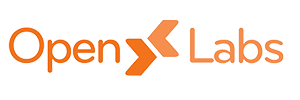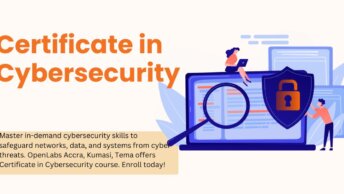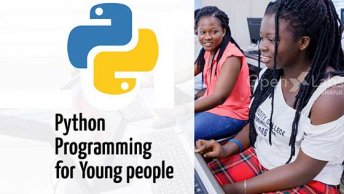The Internet of things, basically IoT, refers to the numerous physical devices that are now connected online, collecting and sharing data. With the use of computer chips and wireless networks, it’s possible to turn anything into an area of the IoT. Connecting from these different objects and working with sensors to them brings a level of digital intelligence to devices which can be boring and plain. These connections and innovations enable them to take real-time data without involving citizenry, thus making the world around us smarter and more responsive whiles combining the digital and physical universes.
Pretty much any object is typically transformed into an IoT device if it is often connected to the online to be controlled or communicate information. A light bulb that can be switched on with the intervention of a smartphone app is an IoT device, as could even be a motion sensor or a wise thermostat in your office or a connected streetlight. Some larger objects may themselves be crammed with many smaller IoT components, like an engine that’s now crammed with thousands of sensors collecting and transmitting data to make sure its operating efficiently. On a bigger scale, smart city projects are filling entire regions with sensors to help us understand and control the environment.
IoT is especially referred to devices that wouldn’t usually be generally expected to possess an online connection, which can communicate with the network independently of the act. For this reason, a personal computer isn’t considered an IoT device and neither could a smartphone be. A smartwatch or a fitness band or other wearable devices could be counted as an IoT device.
Throughout the 1980s and 1990s, the invention of applying sensors and intelligence to fundamental objects was addressed but progress was slow simply because the technology wasn’t ready. Chips were too big and there was no way for objects to work effectively. When Kevin Ashton brought up the phrase, ‘Internet of Things’ in 1999, it took another decade for the technology to catch up with the vision. But since then, the worth of adding sensors and internet connection to things has continued to fall, and experts predict that this basic functionality could at some point cost little or nothing making it possible to connect nearly everything online.
There are already more connected things than people within the earth. Utilities are getting to be absolutely the sole user of IoT, thanks to the continuing rollout of smart meters. Security devices, within the type of intruder detection and web cameras, are getting to be the second biggest use of IoT devices. Automating things like connected lighting goes to be the fastest-growing sector, followed by automotive and healthcare. The benefits of the IoT for business depend upon the
actual implementation, agility and efficiency are usually top considerations. The thought is that enterprises should have access to more data about their products, and their internal systems, and a greater ability to make changes as a result.
Manufacturers are adding sensors to the components of their products so that
they are going to transmit data back about how they're performing. This might help companies spot when a component is perhaps getting to fail and to swap it out before it causes damage. Companies can also use the data generated by these sensors to make their systems and their supply chains more efficient because they go to possess much more accurate data about what’s really happening.
Smart speakers like Amazon’s Echo and Google Home make it easier to play music, set timers or get information. Home security systems make it easier to observe what’s happening inside and out of doors, smart light bulbs can make it appear as if we’re home even when we are out. Self-driving cars and smart cities could change how we build and manage our public spaces. Taking everything into account, the IoT makes our surroundings, homes, workplaces, and vehicles more brilliant, quantifiable, and chattier.









